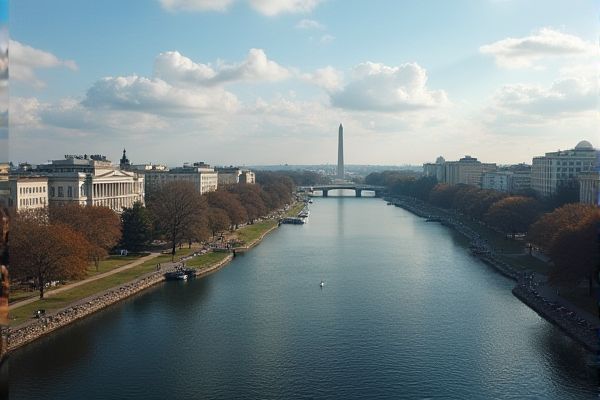
Moving to Washington checklist: Research local neighborhoods. Understand state taxes. Explore transportation options. Familiarize with local climate. Find healthcare providers. Register your vehicle. Enroll in local schools. Set up utilities. Discover local regulations. Update your address.
Research local neighborhoods.
Discover the vibrant local neighborhoods of Seattle through a wealth of resources provided by both academic and city entities. The University of Washington Libraries Guide offers a comprehensive look into the city's unique areas, detailing neighborhood boundaries, historic landmarks, and community-specific data. Alongside this, the Seattle Department of Neighborhoods and the Seattle Public Library's neighborhood history archive present rich insights into the area's development. Additionally, for a current overview, the City of Seattle's Neighborhood Snapshots provide demographic data, community concerns, and relevant information for each neighborhood, meticulously updated with the latest figures from the American Community Survey, allowing residents and visitors alike to connect deeply with the city's diverse landscapes.
Understand state taxes.
In Washington, there is no personal or corporate income tax, but residents are subject to Business and Occupation (B&O) taxes, public utility taxes, and retail sales taxes. The state also has a combined average state and local sales tax rate of 9.38%, with property taxes averaging 0.98% of a home's assessed market value. For more detailed information on these tax regulations, you can visit the Washington Department of Revenue website.
Explore transportation options.
In Washington, particularly in Seattle, you can explore a variety of transit options including buses from King County Metro, Sound Transit, and Community Transit, as well as light rail, streetcars, and ferry services. For convenient travel, tools like the Transit App and the ORCA Card are invaluable. These resources enable seamless navigation through the city's comprehensive transportation network.
Familiarize with local climate.
Washington State has a diverse climate, with Western Washington being cooler and wetter due to the Pacific Ocean's influence, while Eastern Washington is warmer and drier. The state experiences distinct seasons, with summers being warm but not excessively hot on the west side, and winters being mild with significant rainfall and snowfall in mountainous areas. For anyone planning a visit, understanding the Climate and Seasons is crucial to making the most of your trip to this geographically diverse state.
Find healthcare providers.
To find healthcare providers in Washington, you can use UnitedHealthcare's online directories to search for Primary Care Providers, specialists, and dental providers who accept Apple Health (Medicaid) insurance. Furthermore, services like DentistLink are available for dental care referrals, ensuring that you have access to comprehensive healthcare options tailored to your needs.
Register your vehicle.
To register your vehicle in Washington, gather necessary documents including proof of ownership and identification, complete the vehicle registration form, submit the required fees and additional documents like emission test results, and receive your license plates and registration documents. For detailed information, visit the Washington License Plate Registration website to ensure a smooth registration process.
Enroll in local schools.
To enroll your child in a Washington State school, you need to provide documents to verify your address, confirm your child's age (especially for kindergarten), and show required immunizations. Enrollment can be done by parents, legal guardians, or caregivers, and students must enroll in their resident school district unless a non-resident transfer is approved. For more detailed information, visit the Office of the Education Ombuds website.
Set up utilities.
To set up utilities when moving to Washington, research and contact the new utility service providers in your area several weeks in advance, provide your new address, and schedule the transfer or installation of services such as electricity, gas, water, and internet to ensure a smooth transition. Update your mailing address with the USPS and pay any overdue bills before the move to avoid additional fees. For more detailed guidance, visit the Moving.com website.
Discover local regulations.
When moving within Washington, ensure the moving company has a valid permit from the Washington Utilities and Transportation Commission (UTC), as operating without one is illegal. Permitted companies must comply with state safety, insurance, and service standards, and charge fair and proper rates. For more information about regulations and to verify permits, visit the Washington Utilities and Transportation Commission website.
Update your address.
When moving in Washington, it is crucial to file a change of address within 10 days to ensure a smooth transition. Moreover, updating your driver's license and vehicle registration must be completed within 30 days to stay compliant with state regulations. It's equally important to notify the US Postal Service and utility service providers about your new address to maintain uninterrupted service. For detailed information on how to efficiently manage these changes, you can refer to the comprehensive guidelines provided by Consumer Affairs.
